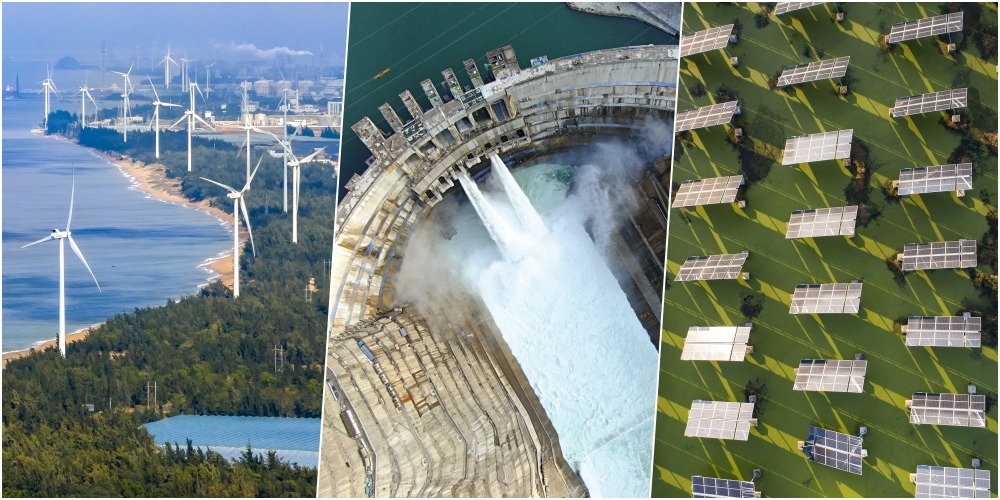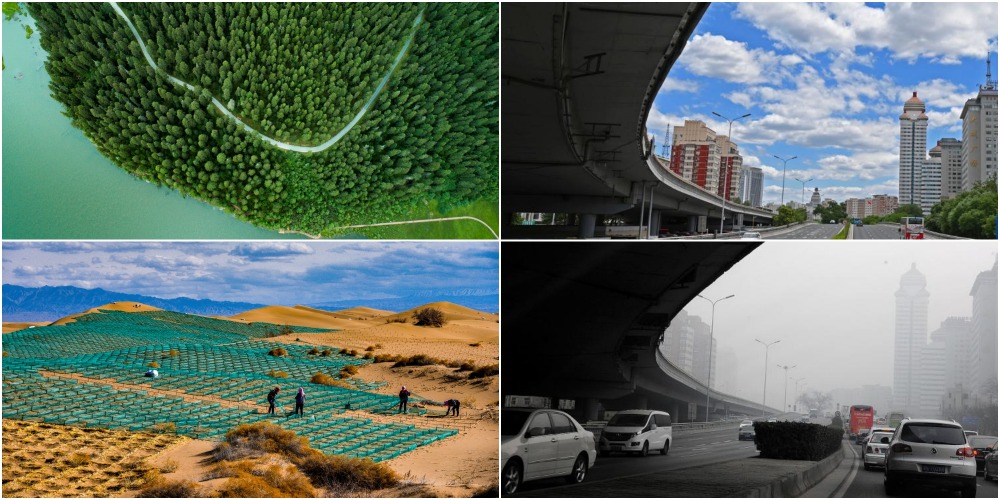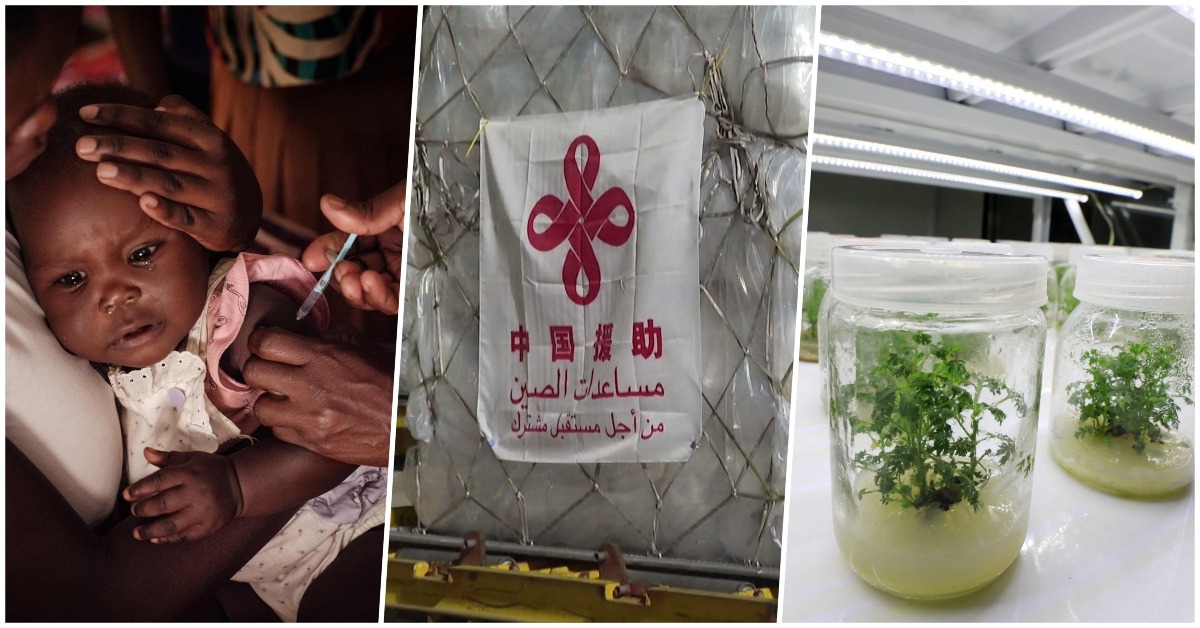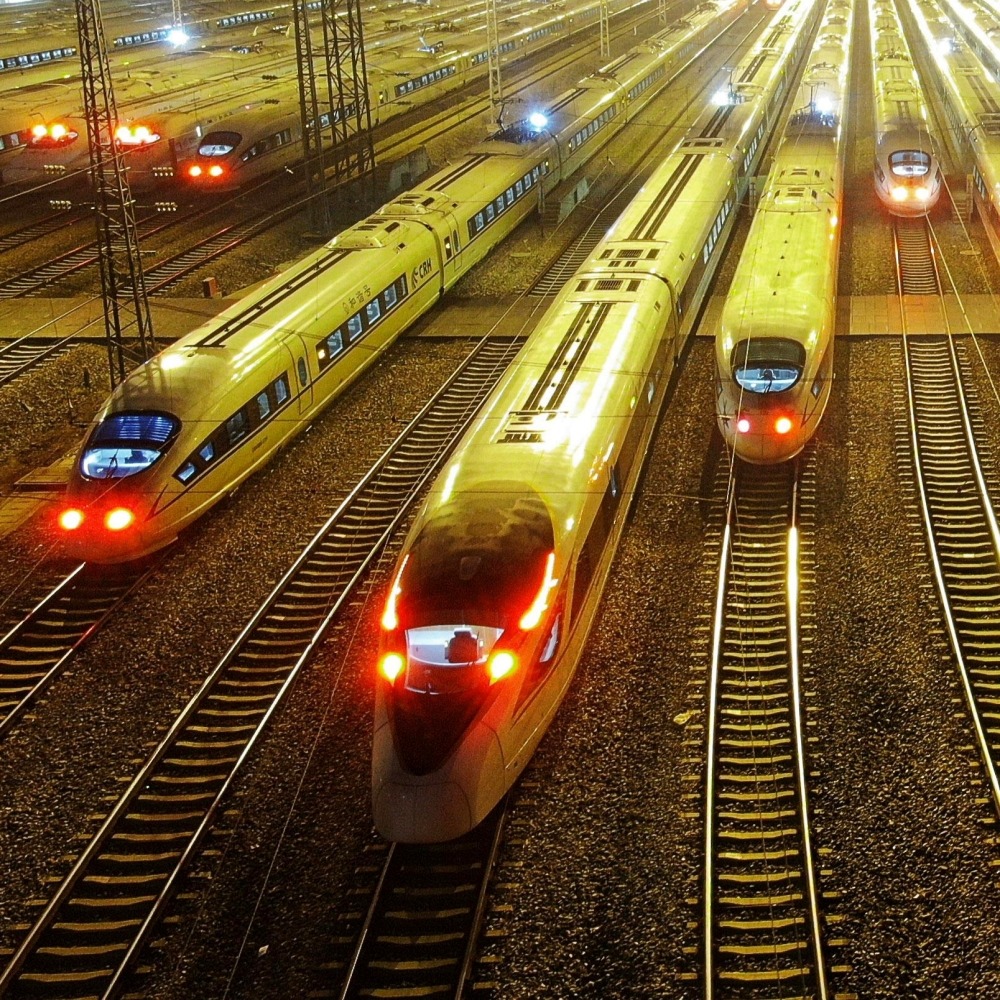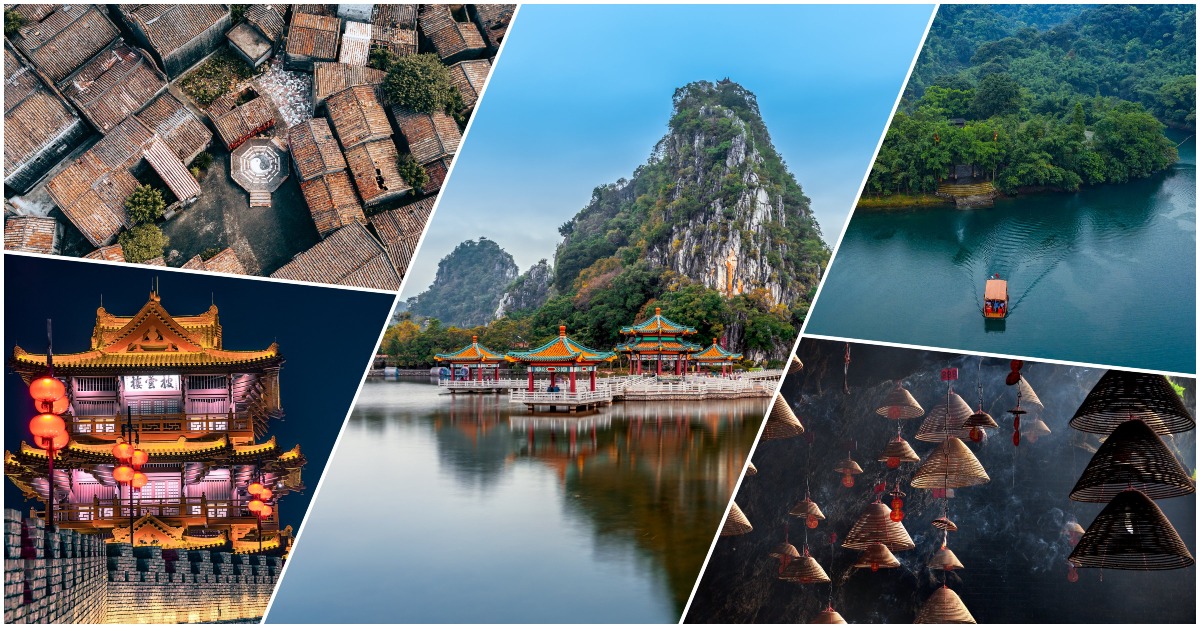Published : 2024-09-25
Since the founding of the People's Republic of China (PRC) 75 years ago, the country has weathered storms and undergone tremendous changes.
This series, "Extraordinary 75 Years", provides a deep dive in China's achievements and breakthroughs over the past 75 years.
This article, as the first one of the Chapter of Environmental Protection, illustrates China's impressive transformation from a major carbon emitter to a "champion of clean energy".
China, once lacking in oil and gas and heavily reliant on coal power, has been a major carbon emitter for many years.
However, China's achievements in clean energy are remarkable nowadays. As reflected by Fatih Birol, the Executive Director of the International Energy Agency (IEA), "China is the champion of clean energy."
What efforts has China made behind this significant transformation? This article will examine its achievements in three major areas.
Achievement 1: Establishing the largest clean energy corridor
In the early days of the founding of New China, the country relied heavily on thermal power (mainly coal power) and struggled to produce enough electricity to meet economic and civilian needs.
At that time, energy development was imperative, especially large-scale projects and infrastructure construction.
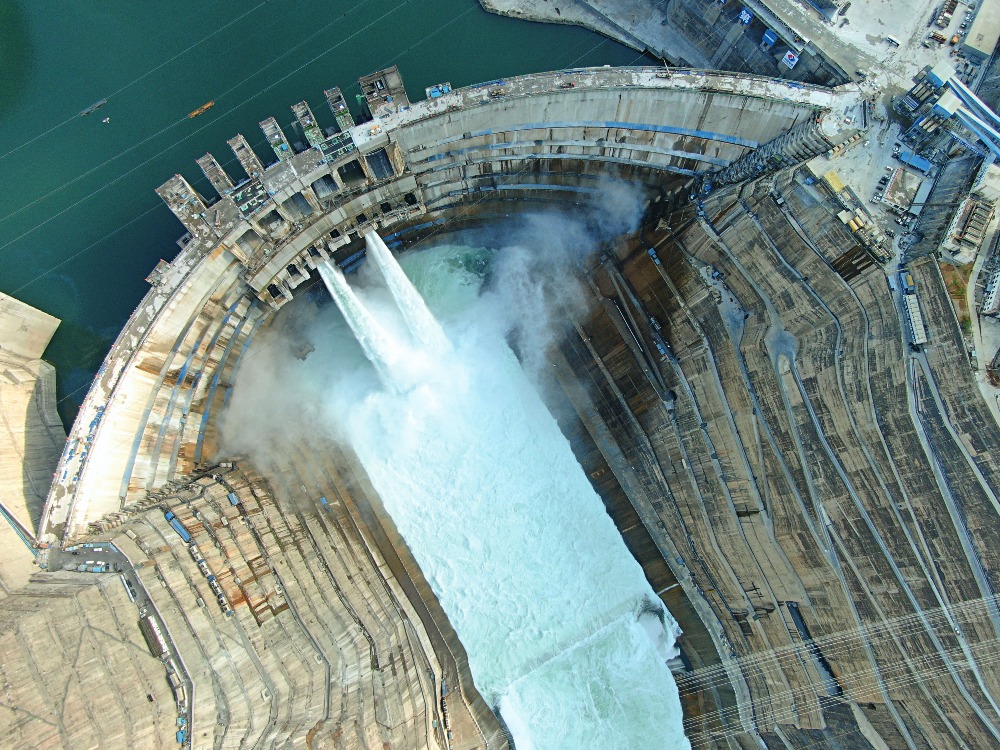
Over the past 75 years, three significant events mark the development of China's hydropower projects:
In April 1957, Xinanjiang Hydropower Station (新安江水電站), China's first large-scale hydropower station, which was independently designed, equipped, and constructed, began to take shape, heralding the development of clean energy in China.
In July 2012, the Three Gorges Dam project (三峽工程), the world's largest hydropower project, was completed and became the world's largest clean energy production base, ensuring China's status as a hydropower powerhouse.
In December 2022, the Baihetan Hydropower Station (白鶴灘水電站), the world's second-largest hydropower project, was fully operational.
Although it is not as large in scale as the Three Gorges Dam, its technology has made further breakthroughs. All of its world's largest hydroelectric units were "Made in China", cementing China's world-leading position in hydropower equipment technology.
Over the years, four major projects along the upstream of the raging Yangtze River - Wudongde Hydropower Station (烏東德水電站), Baihetan Hydropower Station, Xiluodu Hydropower Station (溪洛渡水電站), Xiangjiaba Hydropower Station (向家壩水電站), and two major projects in the middle section - the Three Gorges Dam project, and Gezhouba Water Hub (葛洲壩水利樞紐), form the world's largest clean energy corridor together.
This corridor stretches over 1,800 kilometres, with one drop of water capable of generating electricity six times, producing about 3,000 billion kilowatt-hours of clean electricity each year. It can meet the annual electricity needs of more than 300 million people.
Hydropower is just part of China's massive development in clean energy.
The Talatan Solar Power Station (塔拉灘光伏發電站) in Qinghai is nearly the size of Singapore; the H8-2 Offshore Wind Power Project in Dafeng, Jiangsu is more than 80 kilometres off the coast; the number of ultra-high voltage transmission lines, referred to as the "Power Highway", now exceed 30.
Each large-scale project guarantees power production and transmission for new energy sources.
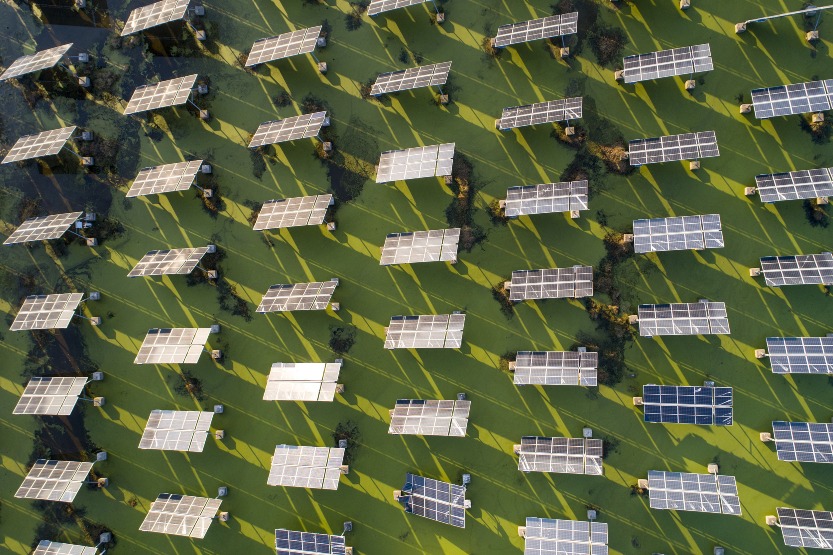
Achievement 2: Renewable energy surpasses coal power
The development of traditional and clean energy has always been in competition with each other. When will the emerging new power surpass the traditional mainstay?
There are two ways to look at it: one is in terms of installed capacity, which is a major indicator of the scale of a power station and its electricity production capability; the other, a more straightforward one, is electricity generation.
In the early years of PRC, coal power was the primary form of electricity generation, though with small capacities and an unhealthy impact on the environment.
After decades of development, by 2023, the installation capacity of China's renewable energy reached 1.45 billion kilowatts, equivalent to the total installed capacity of more than 60 Three Gorges Dams.
Photovoltaic solar power and wind power made the most substantial contributions, followed by quick growth in hydroelectric and bioenergy production.
Notably, this figure accounts for over half of China's total electricity installations. It not only ranks first worldwide but also historically surpasses thermal power, which indicates that from the perspective of electricity supply, the transformation of China's energy structure has reached a turning point.
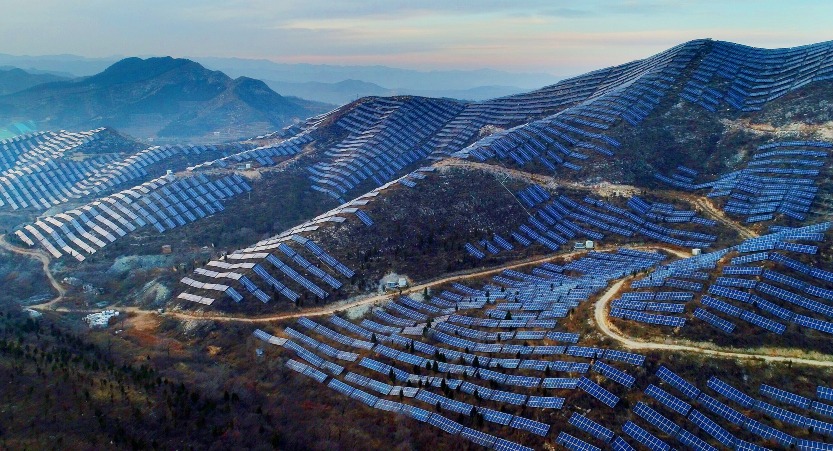
How about the electricity generation?
When the PRC was just founded, its annual national power generation was about 4.3 billion kilowatt-hours, with coal power playing the dominant role and a small portion coming from hydro power.
Fast forward to 2022, China's annual power generation reached 8.7 trillion kilowatt-hours, in which the share of coal power shrank to 58.4%, while the share of new energy power (also referred to as non-fossil energy power) reached 36.2%, approximately 3.15 trillion kilowatt-hours.
According to data, this is equivalent to reducing 2.26 billion tonnes of CO2 emissions.
Together with 573 million tonnes of CO2 emissions reduced in other countries by using wind power and photovoltaic products imported from China, the total emission reduction exceeds 2.8 billion tonnes.
It accounts for 41% of the carbon emission reduction of global renewable energy over the same period, which underscores the significance of developing clean energy to reduce carbon emissions.
According to China's 14th Five-Year Plan, by 2025, China's renewable energy generation will reach 3.3 trillion kilowatt-hours annually. Some institutions predict that by 2035, China's new energy power generation will surpass that of fossil energy for the first time.
From national targets and industry predictions, it is clear that looking ahead, thermal power will gradually transition from being the primary to secondary power source, with the role of new energy becoming increasingly significant. Such a transition will significantly reduce carbon emissions and the consumption of non-renewable energy.
Read more: Harnessing the wind and sea: China's three major achievements in offshore wind power
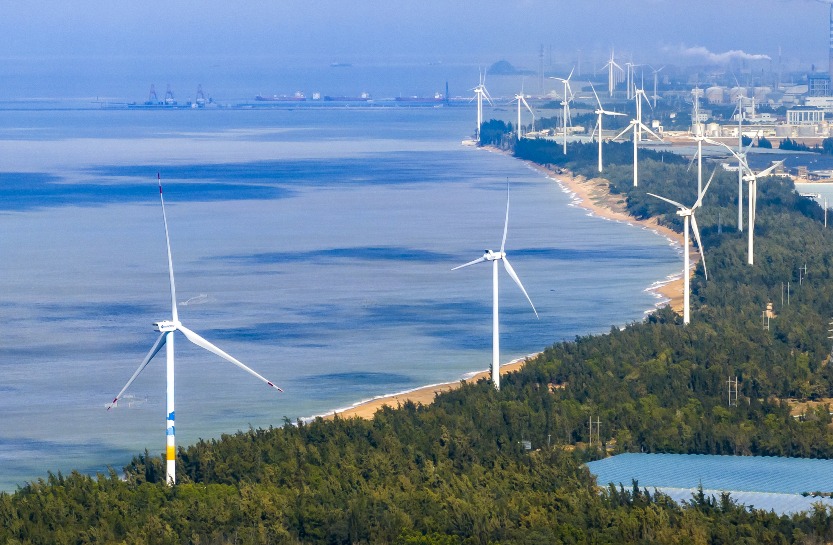
Achievement 3: Exporting new energy products to over 200 places worldwide
China's development in clean energy has also benefited the world.
In terms of products, China continues to promote technological innovation, sharing high-quality clean energy products with the world.
Take photovoltaic products for an example. When the industry first started in China, everything from raw materials, equipment, to markets were controlled by others.
Over the next 10 years, Chinese companies have been improving the production process of polysilicon and silicon wafers to enhance product performance; they have also actively developed domestic equipment, improved the industrial chain, and reduced costs.
Today, photovoltaic products, along with new energy vehicles (NEVs), lithium batteries, have become China's "new three" export products.
Statistics show that domestically-made photovoltaic components, wind power generators, gearboxes, and other key parts hold 70% of the global market share, with related products exported to over 200 countries and regions worldwide.
Read more: China's smart power station: Solar and lunar power generation combined?
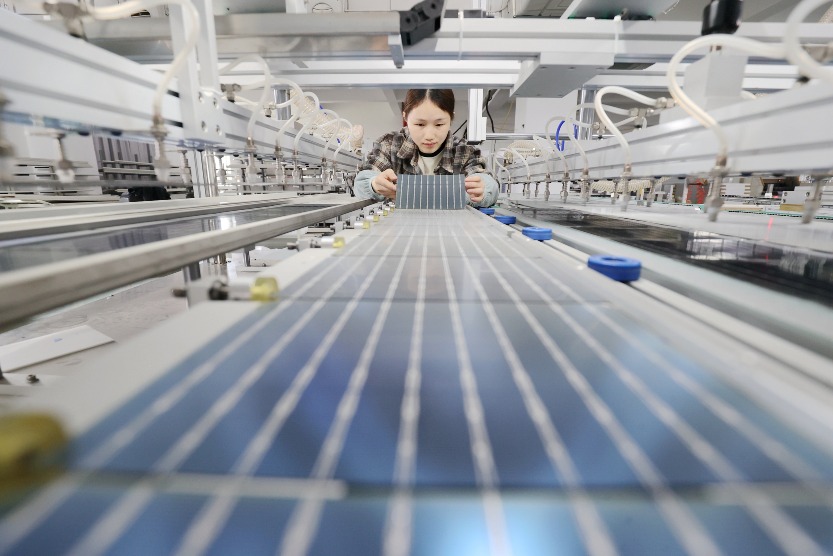
In terms of investment, the overseas investments in clean energy of Chinese companies have spread across major countries and regions, covering wind power, photovoltaic power generation, water power, and other main sectors.
The sector that has "gone abroad" the most is hydropower, with operations in over 140 countries and regions worldwide.
China's has participated in the construction of about 320 overseas hydropower plants, which accounts for over 70% of the overseas hydropower construction market share.
A report by the International Renewable Energy Agency (IRENA) points out that over the past decade, the average cost of electricity from global wind power and photovoltaic projects has decreased by more than 60% and 80% respectively, with a large part of this reduction credited to Chinese innovation, manufacturing, and engineering.
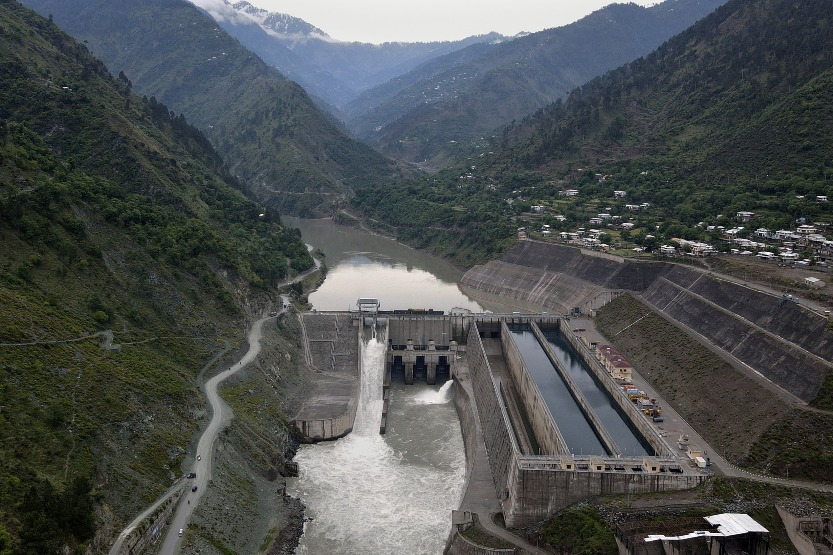
In the 75 years since the founding of the PRC, we've seen transformations from dim kerosene lamps to energy-saving electric lights, from smoky coal power plants to clean and efficient wind farms, from cars emitting pungent exhaust to new energy vehicles...These scenes all paint the picture of China's energy transformation.
The development of China's clean energy industry from nothing to being a strong player provides the world with a model and experiences in environmental protection.
Read more: Battle for China’s "Capital of EVs": Which city will emerge on top?
